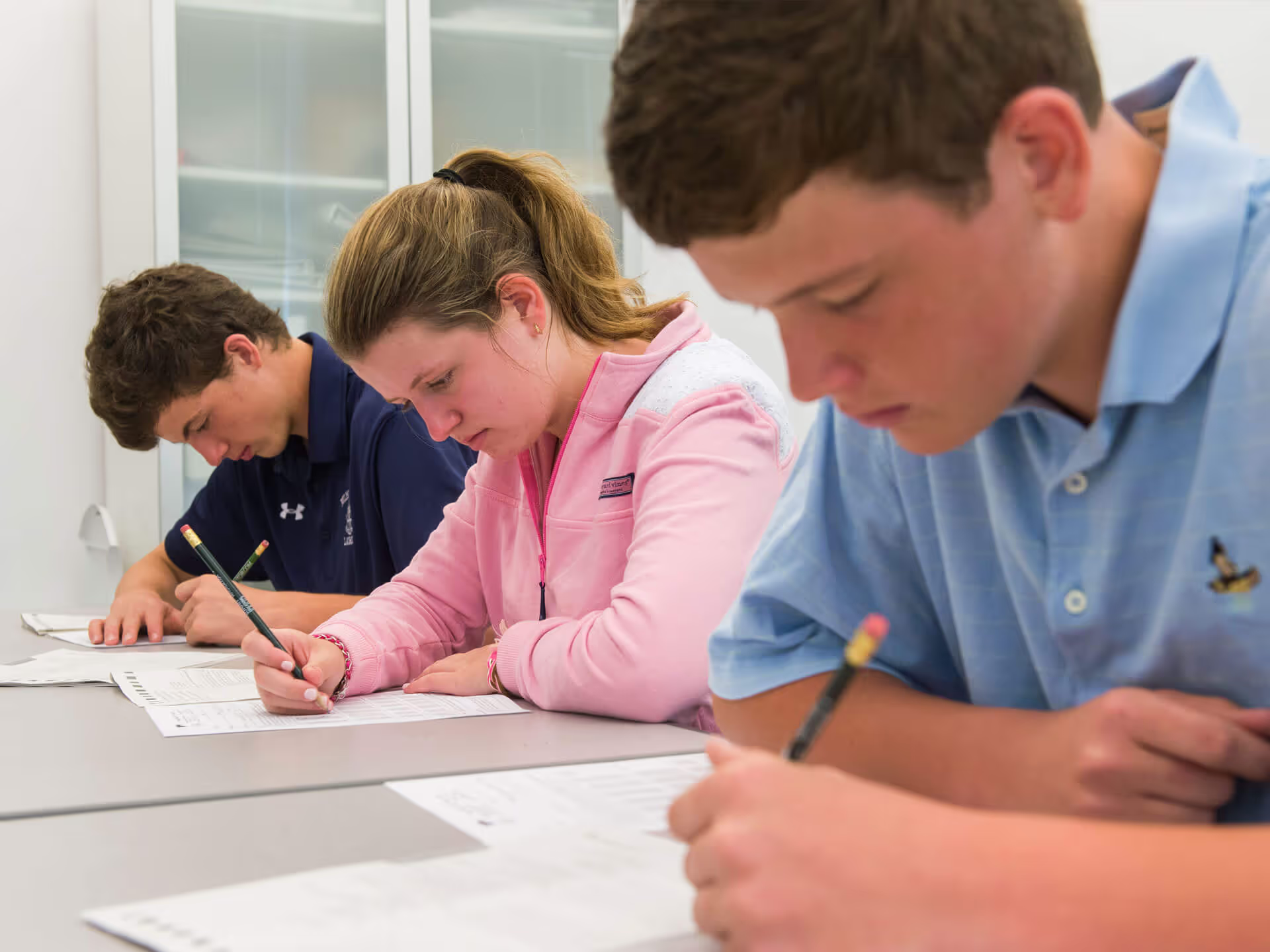Case Studies in Test Prep Planning

Parents often ask when is the right time for their student to begin preparing for the SAT or ACT. Whether they prepare with one-on-one tutoring, classroom programs, or independent study, most students prepare with a specific test date in mind. Programs can be found to accommodate any need, but the typical test preparation program starts 6 to 15 weeks before the test and leads up to the exam. Students’ choices of when to begin studying for college admissions tests can be roughly divided into three groups: Conventional, Early Starter, and Final Push.
The 3 case studies below show completed testing plans for 3 students.
CONVENTIONAL TEST PREP PLAN – KADEN
Students who are comfortable juggling the demands of academic work, extracurriculars, and test preparation often create a test plan that leads up to early spring test dates.

Kaden took the SAT and ACT diagnostic tests in August before his junior year—he scored a 1230 on the SAT and a 24 on the ACT. He felt more comfortable with the SAT, and concordance shows that a 1230 is stronger than a 24. He took his first official SAT in March and his second in May. A strong AP Biology and honors precalculus student, he took the Biology and Math 2 Subject Tests in June. Looking to improve his scores, Kaden took the SAT a third and final time in August.
EARLY STARTER – ERINA
The summer before junior year is the last open block of time that many students have before taking the ACT or SAT. Although the October PSAT is often the immediate goal, many students continue studying for a winter/spring test date. Students hoping to qualify for National Merit honors or those seeking to build large improvements also start over the summer. Most students are not yet ready academically or motivationally to test in the fall.

Erina took the SAT and ACT diagnostic tests in July before junior year. She scored equally well on both tests—a 1400 on the SAT and a 31 on the ACT—but preferred the timing and format of the ACT. Because of her high scores on the ACT diagnostic test, she took her first official ACT in December and then a second one in February. Erina took Chemistry, U.S. History, and Math 2 Subject Tests in June of her junior year, just as she was finishing her AP Chemistry, AP U.S. History, and honors precalculus classes.
FINAL PUSH – PERRY
Some students will benefit from testing later, so they can build on academic and personal development over the course of junior year. Pressure to get high scores and to complete the process as early as possible means that each year fewer students choose this test prep approach.

Perry did his diagnostic testing in August before junior year and scored an 18 on the ACT and a 960 on the SAT. While concordance shows that he scored equally well on both tests, Perry preferred the ACT. Perry focused on academics during his junior year, gaining additional exposure to more advanced math topics found on the ACT. He took his first official ACT in June of his junior year. After some additional test prep during the summer, Perry took the ACT again in October of his senior year. Feel free to reach out to us with any questions you have. For tips and guidelines on preparing your testing plan, read our post Best Practices for Creating a Test Prep Plan.



